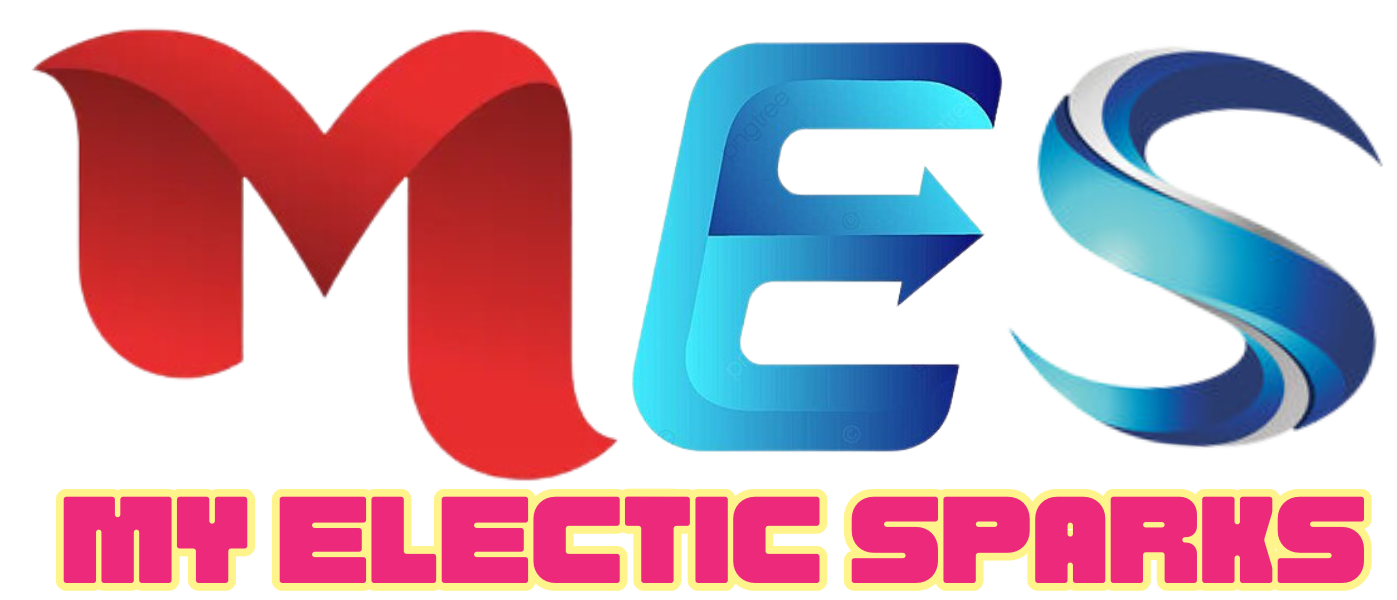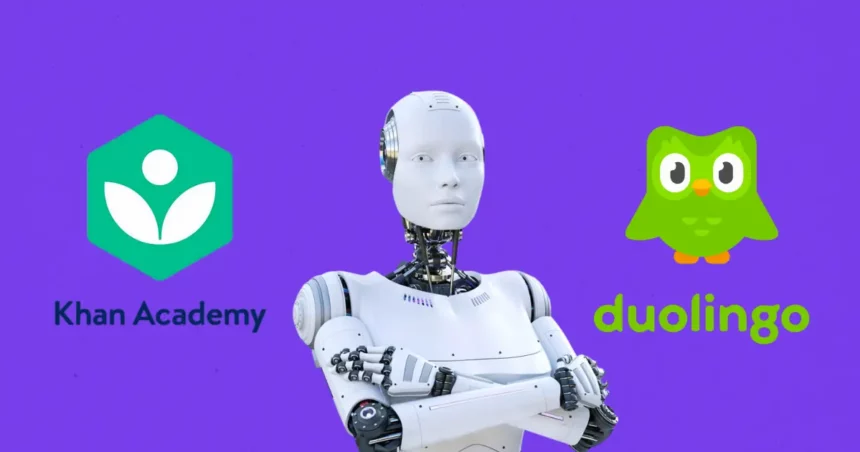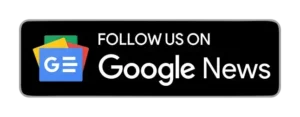OpenAI, a research facility in San Francisco, has developed a language model named GPT-4 (Generative Pre-trained Transformer 4), the more advance than the previous version GPT-3, which has achieved 100 Million Users in a Matter of Months. This model is the latest addition to the GPT (Generative Pre-Trained Transformer) series of language models and is considered the most advanced. It is now available to premium users who have a Subscription Service for ChatGPT.
GPT-4 can generate text similar to a human’s when prompted. Unlike its earlier versions, this language model can understand context, identify patterns, and produce more realistic and natural writing. GPT-4 is being used to enhance services provided by Khan Academy and Duolingo.
Khan Academy has developed an AI learning platform called Khanmigo, which uses GPT-4 technology. It functions as a virtual tutor for students and a teacher’s assistant in the classroom. The platform can provide personalized training to each student based on their unique requirements and skills.

Duolingo has introduced two new features, Role Play and Explain my Answer, also powered by GPT-4 technology. When a student makes a mistake, Role Play acts as an AI-powered discussion partner to help them understand why they made the error. If a user makes a mistake, Explain my Answer tool can clarify how the language rules work. These features aim to make language learning more effective and simpler for students.
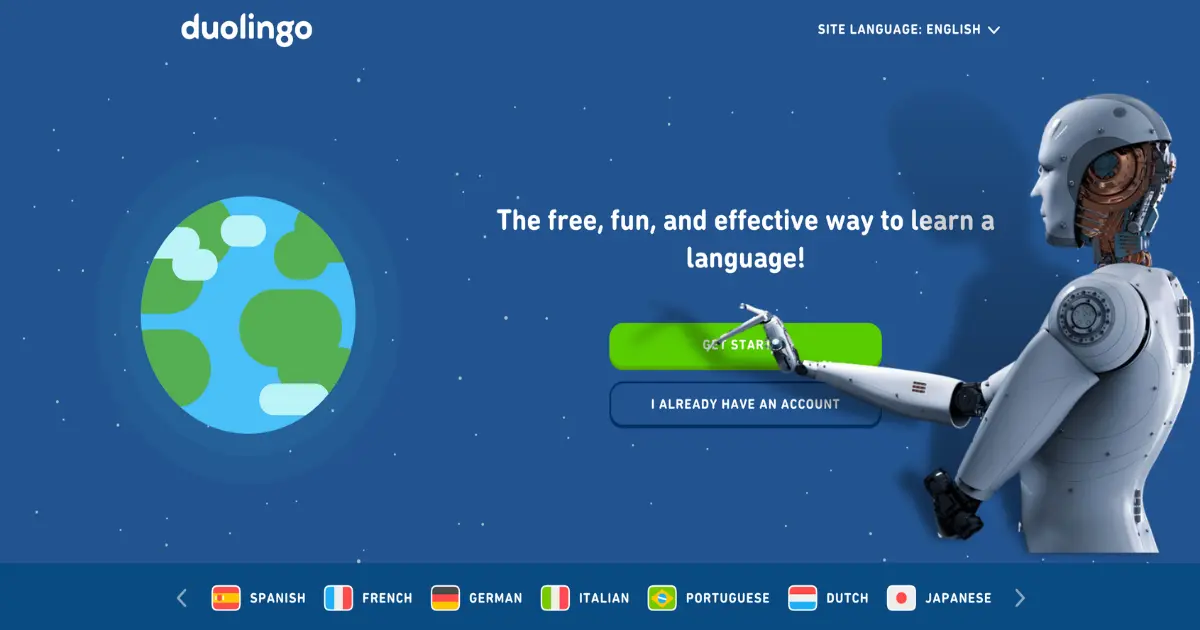
Other companies besides Khan Academy and Duolingo, such as Morgan Stanley, Be My Eyes, and Stripe, also utilize GPT-4 technology. Morgan Stanley employs GPT-4 to help clients comprehend their investments and financial decisions. Be My Eyes is using GPT-4 to aid individuals with visual impairments in their daily lives. Stripe utilizes GPT-4 to clarify payment processing options for its clients.
GPT-4 has been recognized for its advanced reasoning abilities and ability to generate text more closely resembles human speech than previous language models. Additionally, it is much safer than earlier versions. OpenAI’s internal research shows that it is 40% more likely to produce factual responses than GPT-3.5 and 82% less likely to provide prohibited information upon request.
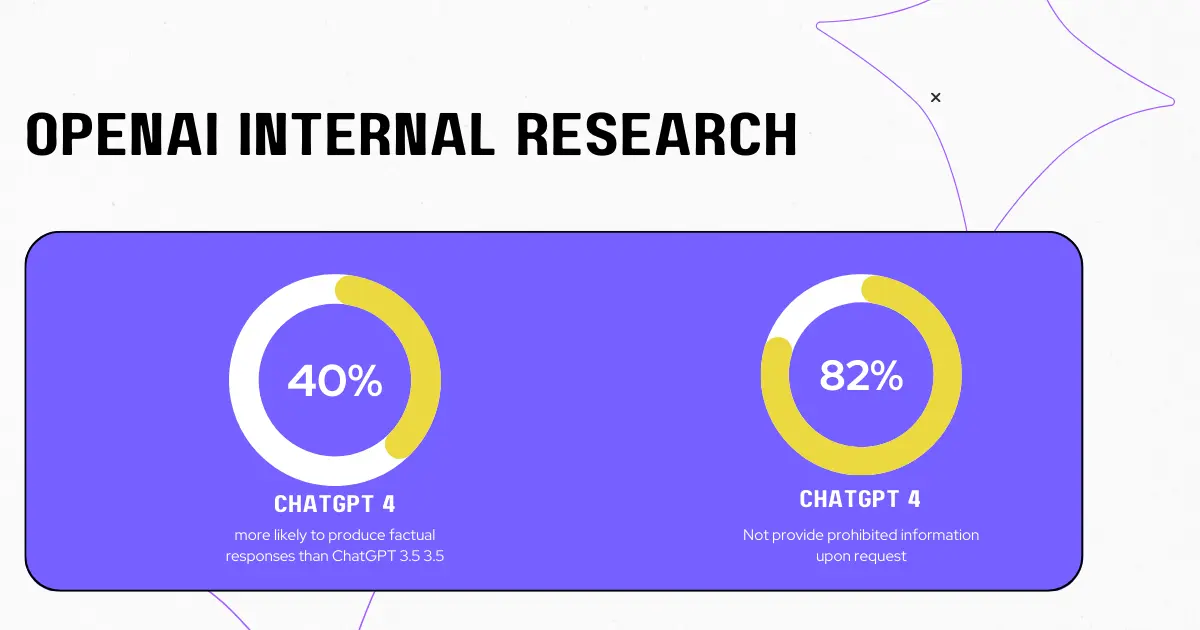
GPT-4 is a powerful language model that has become increasingly popular among businesses looking to enhance their offerings and provide better client services. It is utilized by several companies, including Morgan Stanley, Khan Academy, Duolingo, Be My Eyes and Stripe. GPT-4’s potential has been recognized by many and will likely be adopted by additional businesses.
According to its creators, GPT-4 can now understand the critical sections of a webpage after hours of training. It can determine which sections to read or summarize, enabling visually impaired users to browse even the most complicated websites, such as e-commerce and shopping websites.
GPT-4 is available for free download on both iOS and Android platforms.
GPT-4 is designed to generate text that appears to have been written by a human in response to a prompt. It boasts greater precision, context awareness, and reasoning ability than its predecessors, resulting in more believable and cohesive text. Its potential uses include natural language processing, chatbots, virtual assistants, and more. The upcoming release of GPT-4 is expected to significantly impact the fields of artificial intelligence and natural language processing.
